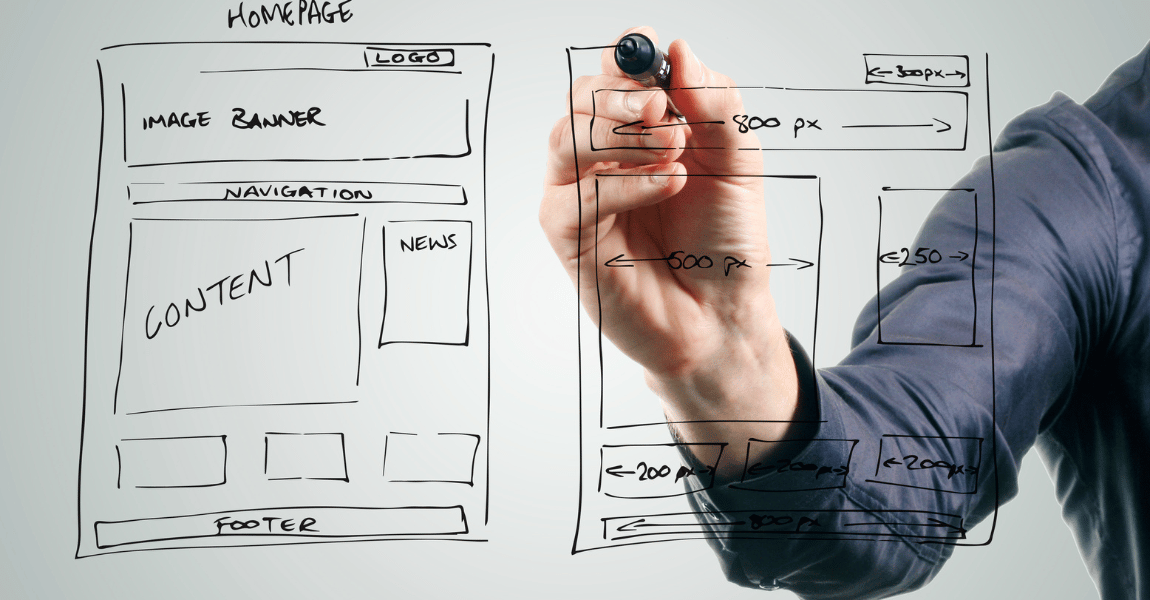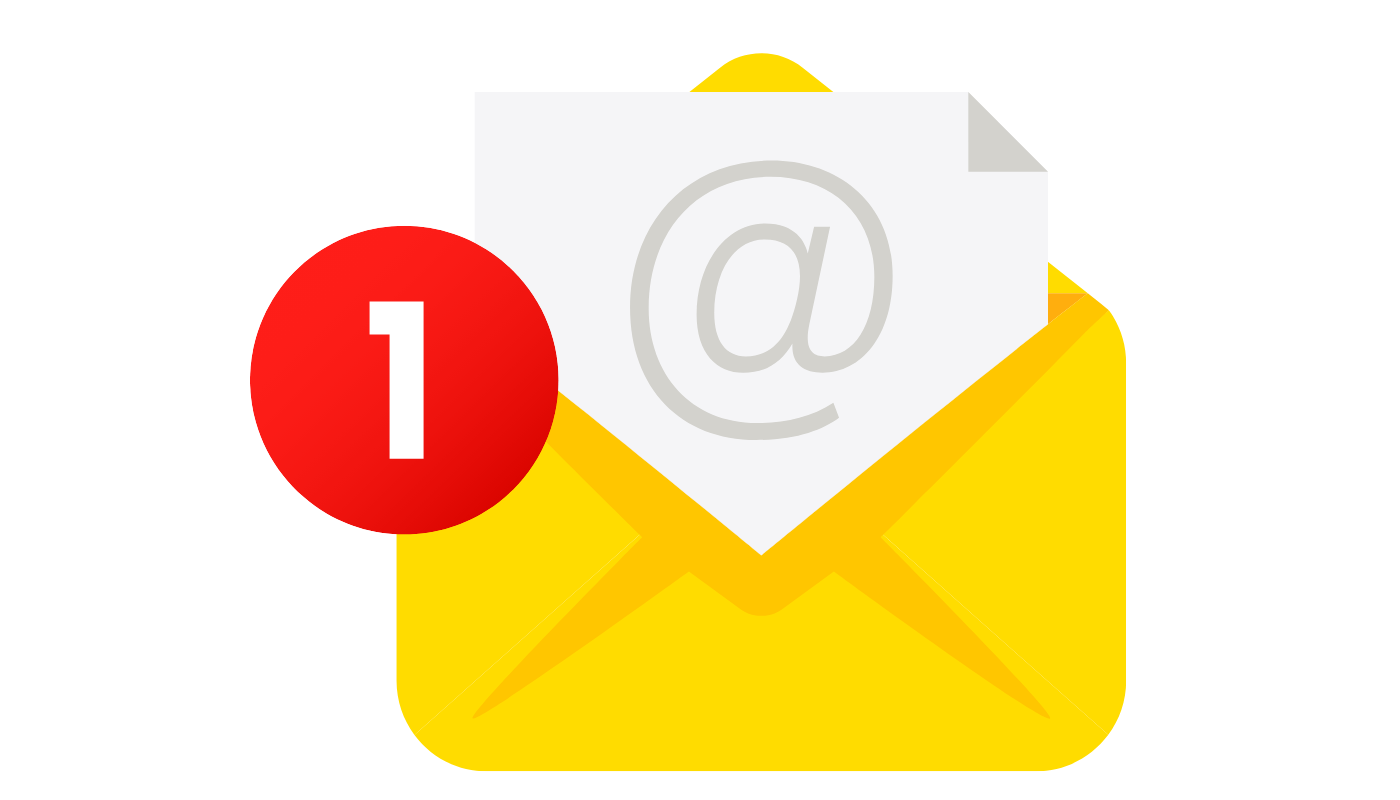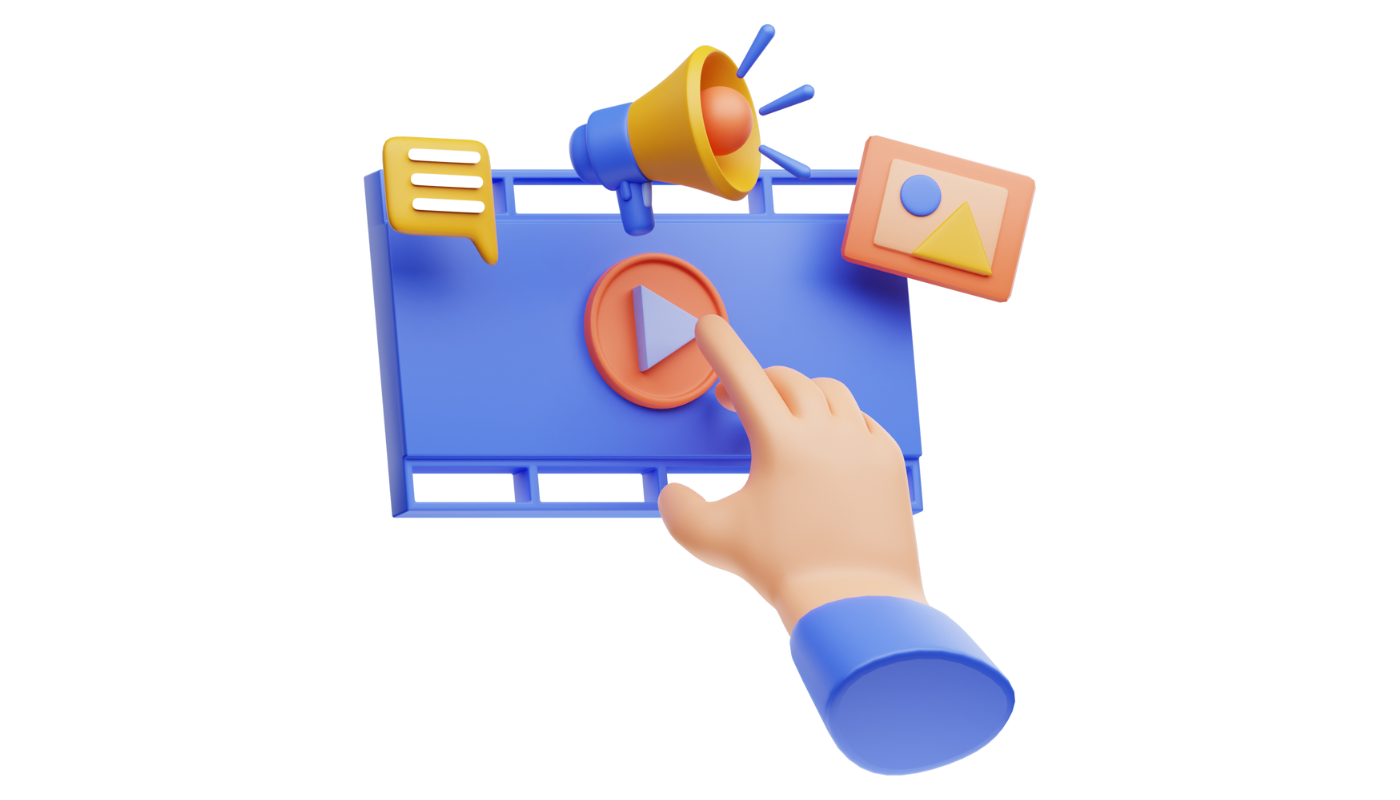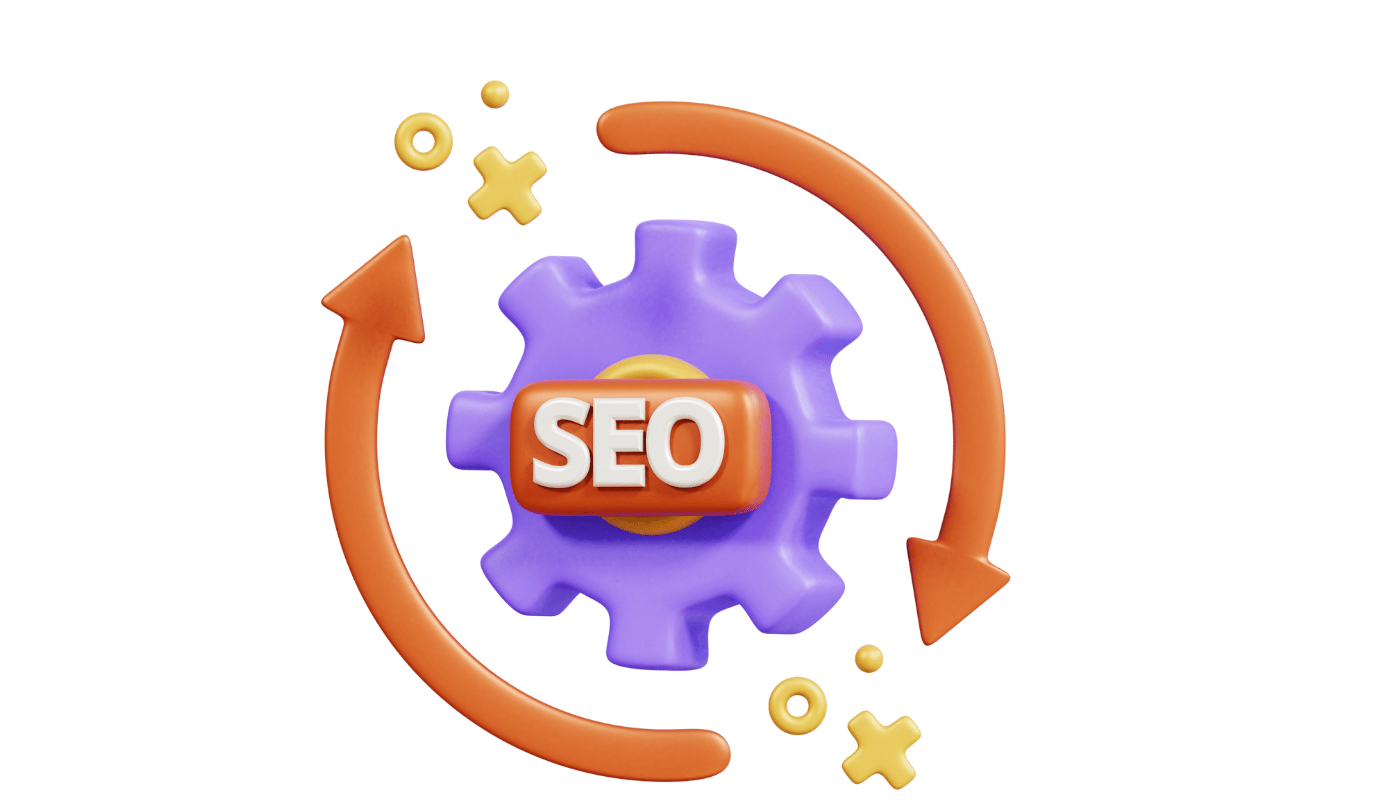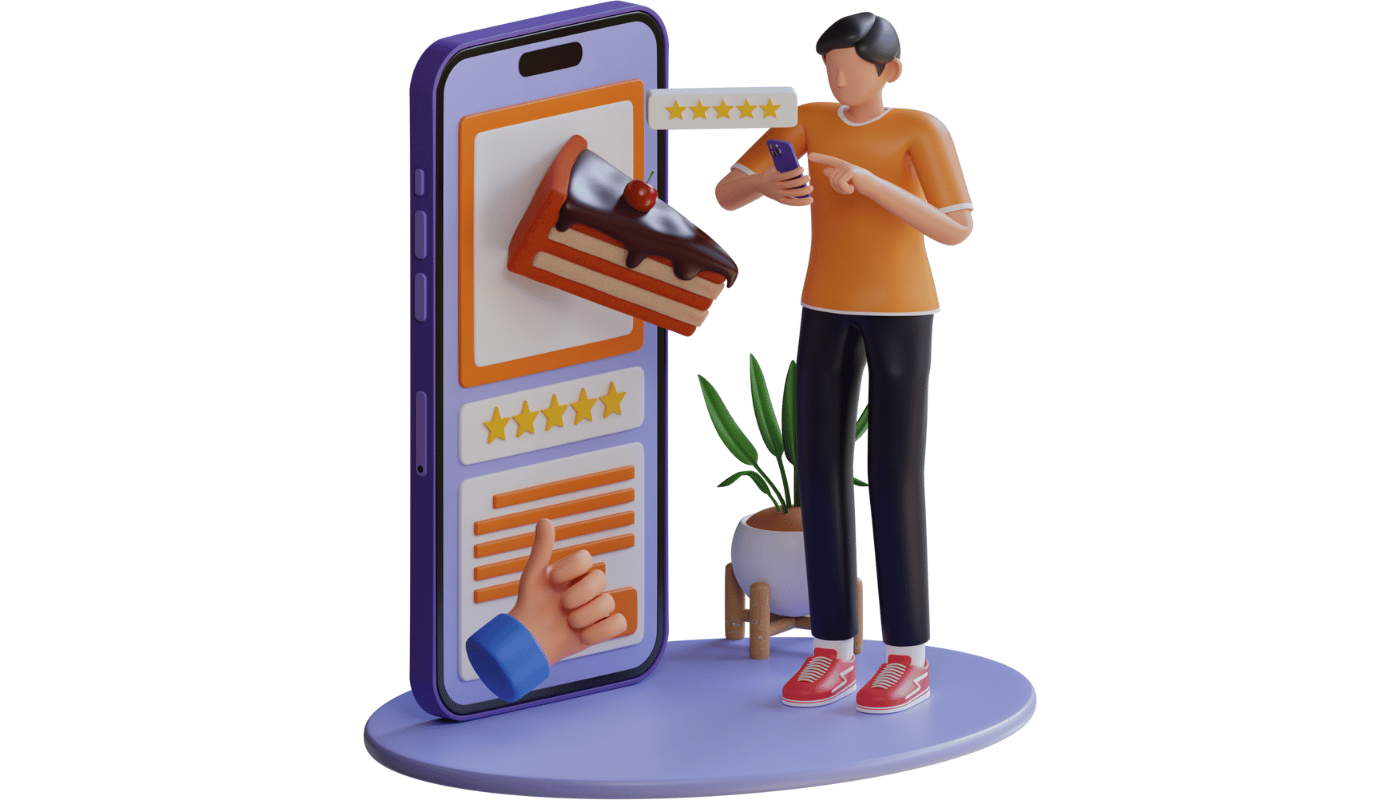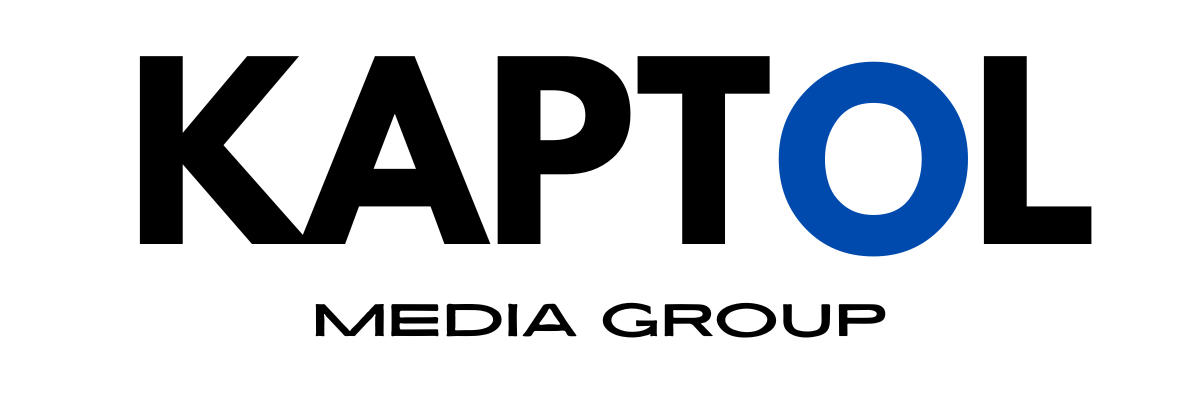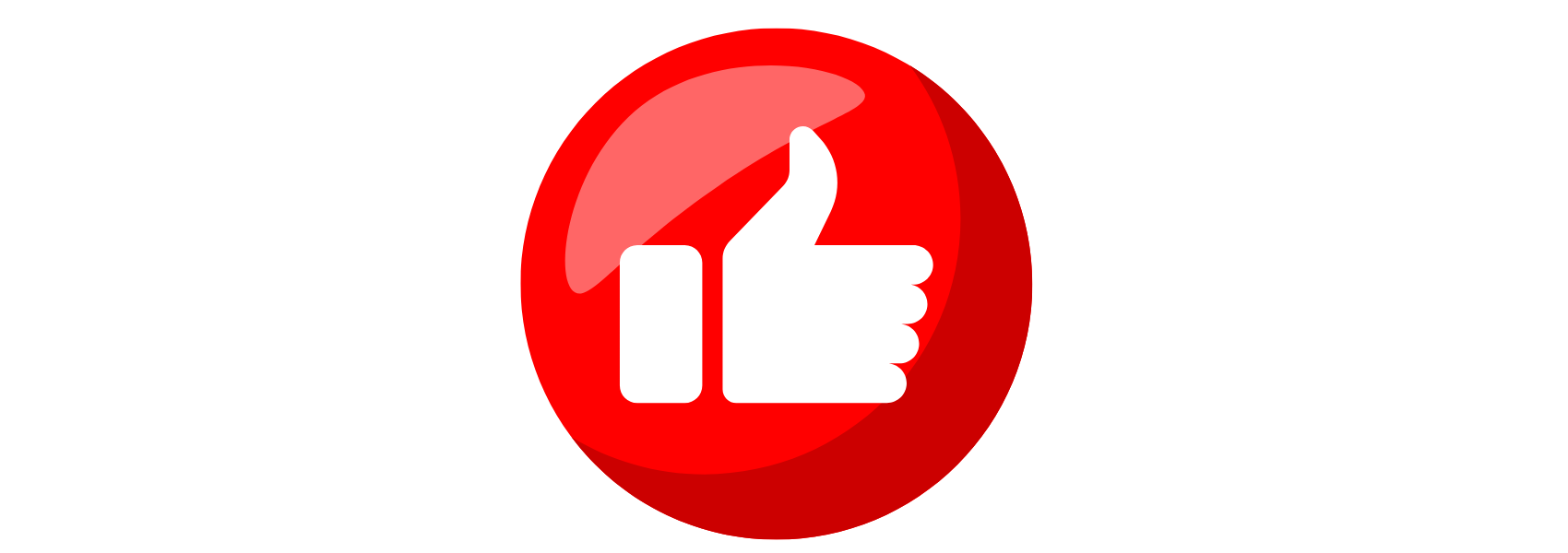What is Intent Marketing?
Understanding Intent Marketing:
A Guide to Modern Consumer Engagement

In the fast-paced world of digital marketing, businesses constantly seek more effective strategies to connect with their target audience.
One such strategy that has gained significant traction is intent marketing. This approach focuses on understanding and responding to the specific intentions behind a consumer's actions.
This article explores the concept of intent marketing, its importance, and practical ways businesses can implement it to enhance their marketing efforts.
What is Intent Marketing?
Intent marketing is a strategy that focuses on identifying and responding to the intent behind a potential customer’s actions. It goes beyond traditional demographic targeting, such as age or location, to consider why a consumer might be searching for a particular product or service. By understanding these motivations, businesses can tailor their marketing messages to align with the consumer's specific needs and desires at that moment.
The Importance of Intent Marketing
Driving Higher Conversion Rates
Intent marketing, as a strategy, zeroes in on understanding and responding to the specific reasons behind a consumer's search or interaction online. This targeted approach can substantially increase conversion rates for businesses.
Here’s how targeting based on consumer intent can drive these higher conversion rates:
1. Precision in Personalisation
The cornerstone of intent marketing is its ability to tailor marketing efforts to the individual level. By analysing signals such as search queries, website navigation patterns, and interaction histories, businesses can discern the intent behind a user's actions. Whether the consumer is looking to buy, seeking more information, or comparing products, each action provides a clue into their current needs. Personalising content and messages to address these specific needs means that consumers are more likely to engage with the offer, as it feels directly relevant to their current situation.
2. Timeliness of Engagement
Intent marketing not only focuses on what the consumers want but also when they want it. For example, a consumer who searches for "best smartphones under $500" is likely in the buying phase, rather than just casually browsing. By recognising this intent, a business can immediately offer comparisons, deals, and purchasing options that are likely to result in a sale. This timeliness in engagement ensures that the marketing efforts meet consumers right at the point of their need, which drastically enhances the likelihood of a conversion.
3. Reduced Marketing Friction
Marketing messages that are aligned with consumer intent naturally encounter less resistance. When consumers feel that a company understands their needs, they are more open to communication and less likely to be turned off by perceived irrelevance. This reduction in friction not only smooths the path to purchase but also enhances the consumer's perception of the brand as attentive and customer-centric.
4. Enhanced User Experience
By using intent-based targeting, businesses can streamline the user experience, making it easier for consumers to find and interact with the content or offers that interest them most. This approach can reduce the cognitive load on the consumer, making decision processes quicker and more straightforward. An enhanced user experience, characterised by ease and satisfaction, often translates into higher conversion rates as consumers are more likely to complete transactions when the process is simple and enjoyable.
5. Optimal Allocation of Marketing Resources
Focusing on consumers with clear buying or engagement intents allows businesses to allocate their marketing resources more effectively. Instead of casting a wide net and hoping for the best, intent marketing targets specific individuals with a higher propensity to engage or convert, ensuring a better return on investment (ROI). This strategic allocation not only saves money but also amplifies the impact of each marketing campaign.
6. Building Trust and Loyalty
When businesses respond accurately to consumer intent, they build trust and credibility. Consumers are more likely to return to a brand that has previously met their needs effectively. This ongoing relationship fosters loyalty, which is crucial for repeat business and word-of-mouth recommendations—both of which are key drivers of sustained business growth.
The importance of intent marketing in achieving higher conversion rates cannot be overstated.
By understanding and aligning with consumer intent, businesses can create personalized, timely, and relevant marketing strategies that resonate deeply with potential customers. This alignment not only increases the chances of initial conversions but also paves the way for lasting customer relationships and brand loyalty. In the competitive landscape of digital marketing, mastering intent marketing is essential for businesses aiming to capitalize on every potential customer interaction.
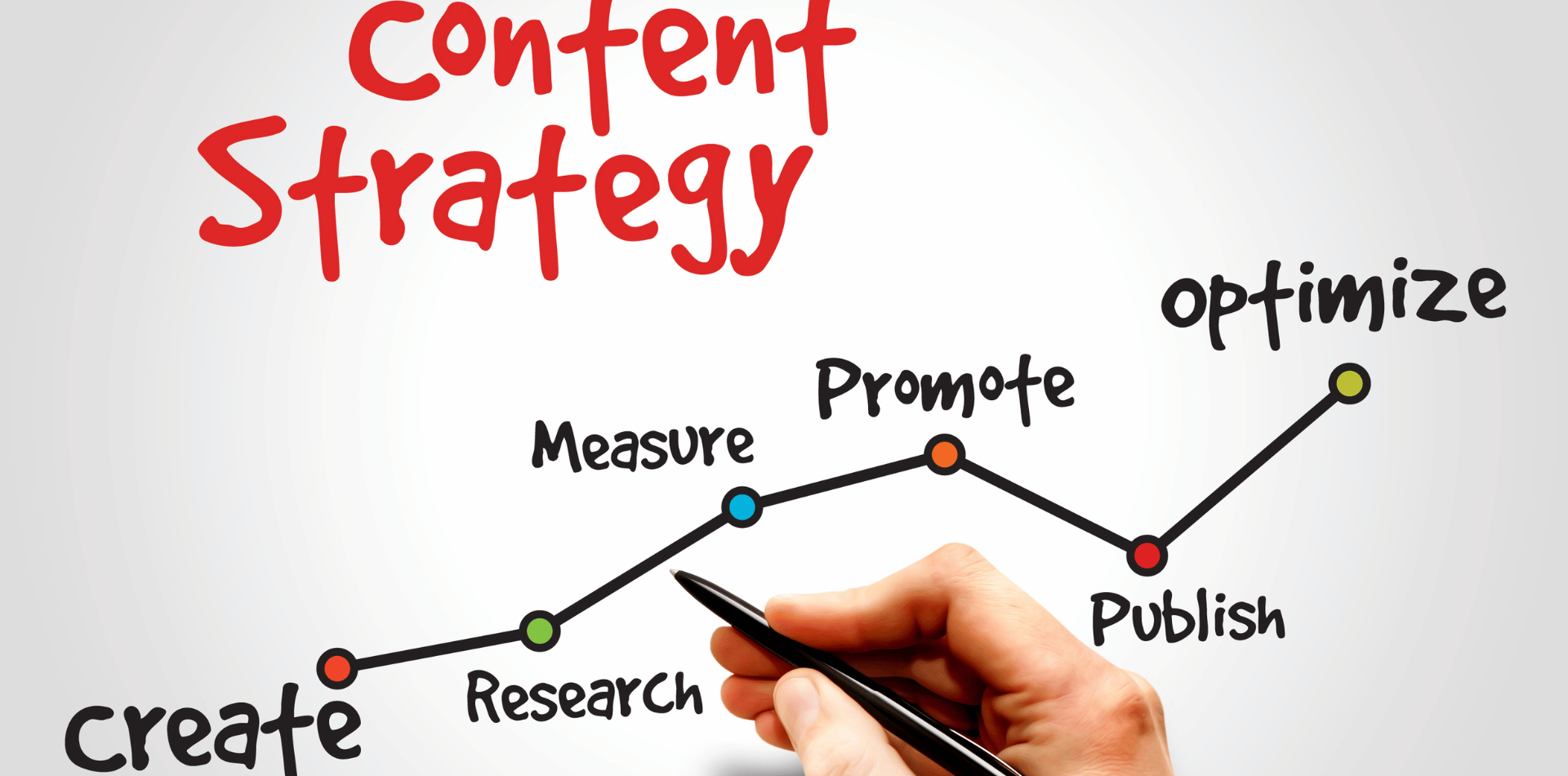
Enhanced Customer Experience through Intent Marketing
Intent marketing stands out as a powerful approach for enhancing the customer experience in the digital age. By leveraging consumer intent, businesses can deliver highly relevant information and services, creating a seamless and satisfying interaction that fosters deeper engagement and loyalty.
Here’s how intent marketing enhances the customer experience:
1. Delivering Targeted Content
The core of intent marketing is its ability to discern what the customer is seeking at any given moment. Whether a consumer is in the early stages of researching a product or ready to make a purchase, intent marketing helps businesses deliver content that is aligned with the consumer's current phase in the buying journey. For example, a customer researching laptops might be shown detailed guides and comparisons, while one searching for "best price on MacBook Pro" might be directed to a sales page with a current discount or promotion. This targeted approach ensures that customers receive the information that is most useful to them, reducing clutter and increasing the value of the interaction.
2. Streamlining the Path to Purchase
By understanding and acting on user intent, businesses can streamline the path to purchase, making it quicker and easier for customers to move from discovery to transaction. This might involve simplifying navigation on a website, offering one-click purchasing options, or providing instant coupons for users showing purchase intent. These streamlined processes reduce frustration and minimize barriers to conversion, significantly improving the customer experience.
3. Customising User Interactions
Intent marketing allows for a high degree of personalisation, which can be reflected in customised user interactions. Based on a user's past behaviour and predicted intent, businesses can adjust the interface, content, and offers presented to each user, creating a uniquely tailored experience. For instance, returning customers can be greeted by name and shown products similar to those they’ve purchased before. Such personal touches enhance the user's experience by making them feel recognised and valued.
4. Predictive Assistance
Leveraging data on consumer behaviour and intent, businesses can offer predictive assistance by anticipating the customer’s needs before they even articulate them. For instance, if a customer frequently buys ink cartridges for a printer, a business might remind them when it’s likely time to reorder based on their purchase history. This proactive approach not only meets the customer's needs but also makes them feel cared for, which enhances their overall experience with the brand.
5. Building Emotional Connections
When businesses consistently meet customers' needs with relevant and timely information and offers, they build stronger emotional connections with their audience. Customers feel understood and valued, which are key components of emotional loyalty. This emotional connection is often what distinguishes a brand and turns casual customers into loyal advocates.
6. Gathering Insightful Feedback
Intent marketing also enhances customer experience by enabling businesses to gather more relevant and timely feedback. By engaging with customers at points where their intent is clear, companies can ask for feedback that is specific to certain interactions or stages in the customer journey. This not only leads to better data but also shows customers that their opinions are valued, improving their perception of the brand.
Enhanced customer experience through intent marketing is not just about meeting needs; it's about anticipating and exceeding them in ways that are both meaningful and memorable. By focusing on intent, businesses can deliver a personalised, efficient, and emotionally engaging customer journey that fosters both satisfaction and loyalty.
This approach not only improves the effectiveness of marketing campaigns but also solidifies a company’s reputation as customer-centric and responsive in a competitive marketplace.
Efficient Use of Resources through Intent Marketing
Intent marketing significantly streamlines resource allocation in marketing strategies, ensuring that efforts are concentrated where they are most likely to yield returns. This approach minimizes waste and maximises the effectiveness of every marketing dollar spent.
Here’s how intent marketing promotes an efficient use of resources:
1. Targeted Advertising Spend
In traditional marketing, advertisements may be broadly targeted, reaching a wide audience, many of whom may not be interested in the product or service. Intent marketing, however, uses consumer behaviour and search data to pinpoint exactly who is looking to buy, allowing companies to direct their advertising spend towards these high-intent individuals. For instance, using tools like Google Ads to target keywords that indicate buying intent (such as "buy," "deal," or "for sale") ensures that ads are shown to potential customers who are already further down the sales funnel. This targeted approach reduces the cost per acquisition and increases the overall ROI of advertising campaigns.
2. Optimisation of Marketing Channels
Different marketing channels offer varying degrees of success depending on the audience and the nature of the product. Intent marketing helps identify which channels are most effective for reaching consumers who are ready to engage or purchase. For example, if data shows that high-intent users frequently use mobile devices for shopping late in the evening, businesses can optimise their mobile marketing efforts and schedule campaigns during these peak times. By channeling resources into platforms and times where high intent is demonstrated, companies can avoid spending money on less effective channels.
3. Personalisation at Scale
With advancements in AI and machine learning, intent marketing can be scaled, allowing businesses to personalise interactions with large customer bases without a corresponding increase in resource expenditure. Automated systems can analyse consumer data in real-time to deliver personalised marketing messages, recommendations, and promotions. This level of personalisation makes marketing efforts more effective and efficient, as resources are only used when there is a high likelihood of conversion.
4. Improved Content Marketing
Content marketing can be resource-intensive, requiring significant investment in time and money. Intent marketing sharpens content strategies by identifying topics and formats that resonate with consumers who have demonstrated intent. This focus ensures that content creation is not only more strategic but also more likely to engage and convert, as it addresses the specific needs and interests of a targeted audience. For example, if analysis reveals that tutorials and how-to guides perform well with consumers in the consideration phase, resources can be allocated more to these types of content rather than to general awareness articles.
5. Feedback and Continuous Improvement
Intent marketing facilitates a feedback loop where marketing strategies are continuously refined based on consumer responses. This iterative process ensures that resources are not wasted on strategies that do not work. Instead, resources are incrementally shifted towards tactics and campaigns that have proven effective, optimising the use of budget and manpower over time.
6. Reduction in Lead Times
Focusing on high-intent users also reduces the time it takes for a prospect to become a customer. Marketing efforts tailored to the readiness and preferences of these consumers can accelerate their decision-making processes. Shorter lead times mean faster sales cycles, which not only improve cash flow but also reduce the resources tied up in long, drawn-out marketing efforts.
The efficiency brought by intent marketing translates into more than just cost savings—it means a smarter, more agile approach to consumer engagement.
By focusing on users with a demonstrated intent to purchase, companies can leverage their marketing resources to achieve higher conversions, better ROI, and ultimately, a stronger competitive position in the marketplace.
This targeted approach ensures that marketing is not only more effective but also more economically sustainable.
Competitive Advantage through Mastery of Intent Marketing
In the fiercely competitive landscape of modern business, differentiating oneself from competitors is crucial.
Intent marketing provides companies with a strategic edge by enabling them to respond more swiftly and aptly to consumer intent.
Here’s how mastering intent marketing can translate into a significant competitive advantage:
1. Faster Response to Market Demand
Companies that excel in intent marketing are adept at interpreting the signals that consumers send through their online behaviour and search patterns. This allows these companies to respond quickly to emerging market demands. For example, if a significant number of potential customers start searching for eco-friendly products in a particular category, companies that pick up on these intent signals can adjust their product offerings and marketing messages to meet this demand before their competitors do. This responsiveness can be crucial in capturing market share and establishing leadership in new trends.
2. Precision in Targeting
The ability to accurately interpret consumer intent means that businesses can target their marketing efforts more precisely than competitors who do not use intent marketing. This precision enables them to create highly relevant marketing campaigns that are more likely to resonate with and convert potential customers. By focusing their efforts on individuals who are already interested in what they have to offer, these businesses can achieve higher conversion rates, thereby maximising the impact of their marketing spend.
3. Anticipating Customer Needs
Companies skilled in intent marketing are not just reactive; they are also proactive.
They use data to anticipate needs before the customer explicitly expresses them. For instance, by analysing patterns in consumer behaviour, a company might identify that customers who purchase a particular type of product often seek accessories or complementary products within a few weeks. Armed with this knowledge, the company can structure cross-sell recommendations tailored to individual customer timelines, enhancing the customer experience and increasing the likelihood of additional sales.
4. Enhanced Customer Retention
The ability to understand and cater to consumer intent helps in not only attracting customers but also retaining them. By consistently meeting or exceeding customer expectations through personalised interactions and offerings, companies can build a loyal customer base. This loyalty becomes a competitive moat that shields the business from competitors, as satisfied customers are less likely to switch to another brand.
5. Agility in Adapting to Changes
Intent marketing requires a setup that is inherently agile; businesses must continuously monitor and adapt to consumer behaviour. This agility enables them to stay relevant and effective in their marketing efforts, even as market conditions change. Companies that can quickly shift their strategies based on real-time data are better positioned to maintain their market share and thrive in dynamic environments.
6. Creating Unique Customer Journeys
By leveraging intent data, companies can create unique and memorable customer journeys that are hard for competitors to replicate. These tailored experiences cater to the specific needs and preferences of the consumer, making the brand stand out. The distinctiveness of these journeys contributes significantly to brand differentiation, which is critical in crowded markets.
The competitive advantage gained through intent marketing is multifaceted, encompassing quicker responses to market demands, higher precision in targeting, the ability to anticipate needs, enhanced customer retention, organisational agility, and the creation of unique customer experiences.
As markets continue to evolve and consumer preferences shift, the ability to effectively interpret and act on intent signals will become increasingly crucial for companies aiming to stay ahead in their industries. This strategic advantage not only drives sales and customer loyalty but also solidifies a company’s position as a leader attuned to its customers' evolving needs.
How to Implement Intent Marketing
Implementing intent marketing involves several steps, each focusing on capturing and responding to the signals of consumer intent:
Step 1: Identifying Intent Signals in Intent Marketing
Identifying intent signals is the crucial first step in the process of intent marketing. This involves pinpointing the various ways in which potential customers indicate their needs, preferences, and stage in the buying process through their digital interactions.
Here’s an in-depth look at how businesses can identify these intent signals effectively:
1. Analysing Search Query Terms
Search queries are one of the most direct indicators of user intent. They reveal what users are looking for at any given moment. By analysing these queries, companies can discern whether a user is in the discovery phase (e.g., “what is the best type of yoga mat?”), considering a purchase (e.g., “reviews of eco-friendly yoga mats”), or ready to buy (e.g., “buy thick yoga mat online”). Tools like Google Analytics provide insights into the keywords and phrases that users are searching for before they land on your website, while SEMrush offers broader market insights, including competitor keyword strategies and industry-wide trends.
2. Monitoring Page Views and Website Navigation
The pages a user visits and the path they take through a website can also provide important clues about their intent. For example, a user who visits a product comparison page is likely looking for information to help make a buying decision, whereas one who spends time on a checkout page may need just a little more incentive to complete a purchase. Using tools like Google Analytics, businesses can track these navigation patterns and determine the most frequented pages, which helps in understanding the primary interests and intents of their visitors.
3. Evaluating Download History
Downloads are a strong indicator of intent, especially in B2B marketing. For instance, a user who downloads a detailed product specification sheet or a white paper is likely in the research phase of the buying process and may be a viable lead for more in-depth, targeted content. Monitoring what types of materials are downloaded and by whom can help businesses tailor their follow-up marketing efforts to match the specific needs and readiness levels of potential customers.
4. Assessing Social Media Interactions
Social media provides a wealth of data on consumer behaviour and intent. Likes, comments, shares, and even the type of content that users engage with can indicate their interests and how close they might be to making a purchase decision. Tools like Facebook Insights and Twitter Analytics can help identify which topics generate the most interaction and engagement, providing businesses with valuable insights into consumer preferences and potential pain points.
5. Utilising E-commerce Behaviours
For e-commerce businesses, shopping behaviour such as cart additions, wish list entries, and past purchase history are clear indicators of consumer intent. Tools like Google Analytics can track these behaviours, providing data on what products a user is interested in, which they are considering, and what they ultimately purchase. This information can be used to predict future purchases and recommend related products, thereby increasing the likelihood of upselling and cross-selling.
6. Leveraging Email Engagement
Email interactions can also reveal a lot about a user's intent. Open rates, click-through rates, and the types of links clicked within an email can all provide clues about what a customer is interested in and how ready they might be to engage further with a brand. Marketing automation tools like HubSpot or Mailchimp offer detailed analytics on email campaigns, helping marketers understand which messages resonate with their audience and why.
The process of identifying intent signals is foundational in crafting a responsive and effective intent marketing strategy. By leveraging various analytical tools and technologies to interpret these signals, businesses can gain deep insights into what their customers are looking for at different stages of their journey. This understanding allows companies to deliver more targeted, relevant, and timely marketing messages, enhancing both the effectiveness of their campaigns and the overall customer experience.

Step 2: Segmenting Your Audience Based on Intent in Intent Marketing
After identifying intent signals, the next critical step in intent marketing is audience segmentation based on the types of intent. This process involves classifying potential customers into groups that reflect their specific intentions when interacting with your brand. This segmentation enables more tailored and effective marketing strategies that align closely with the needs and behaviours of different audience segments.
Here's how businesses can effectively segment their audience based on intent:
1. Categorising Intent Types
Intent can generally be divided into three main categories:
- Informational Intent: Users with informational intent are primarily looking for information. They might be at the early stages of their customer journey, seeking to understand more about a problem they have or a product they are interested in. Examples of informational intent include searches for "how to fix a leaking tap" or "benefits of LED lighting."
- Navigational Intent: This type of intent is when users are looking for a specific website or page. They already know what they want and are trying to navigate directly to it. An example might be searching for "Spotify login" or "Amazon Kindle store."
- Transactional Intent: Users showing transactional intent are ready to make a purchase or engage in another form of transaction. Their searches and behaviors are focused on completing an action, such as buying a product, signing up for a service, or downloading a resource. Examples include "buy yoga mat online" or "subscribe to a meal kit."
2. Analysing Data for Segmentation
Use the data gathered from the intent signal identification process to segment your audience. Tools like Google Analytics can help analyse patterns in search queries, page views, and conversions to categorise users by their intent. Advanced CRM systems can further refine this data by integrating it with demographic and psychographic information, allowing for even more precise segmentation.
3. Creating Persona-Based Segments
Based on the intent categories, develop detailed customer personas for each segment. These personas should include typical behaviours, preferred content types, and decision-making pathways. For example, a persona for transactional intent might be a "Ready Buyer," who prefers direct offers and clear CTAs, whereas an informational intent persona might be a "Curious Explorer," who responds well to educational content and detailed guides.
4. Tailoring Marketing Strategies for Each Segment
Once you have segmented your audience by intent, tailor your marketing strategies to meet the specific needs of each group:
- For informational intent, focus on providing valuable content such as blog posts, infographics, and videos that help educate and inform. SEO strategies should focus on question-based search terms and providing comprehensive answers.
- For navigational intent, ensure that your brand’s SEO is optimised so that your business appears prominently when brand-specific queries are made. Make sure your site’s architecture is straightforward, allowing for easy navigation to the most sought-after pages.
- For transactional intent, optimise your sales funnel and ensure that the purchase process is as smooth as possible. Use strong call-to-action statements and consider incentives such as limited-time offers or exclusive discounts to encourage immediate action.
5. Monitoring and Adjusting Segments
As consumer behaviour and market dynamics change, it's essential to continuously monitor and adjust your segments. Intent can shift over time, and new trends can emerge. Regular analysis of user behaviour will help refine your segments and ensure your marketing efforts remain relevant and effective.
Segmenting your audience based on intent is a powerful strategy in intent marketing, allowing for highly focused and customised marketing campaigns. By understanding and addressing the specific needs and behaviours associated with different types of intent, businesses can significantly enhance the effectiveness of their marketing efforts, ultimately leading to increased engagement, higher conversions, and improved customer loyalty.
Step 3: Personalising Marketing Messages in Intent Marketing
Once you've segmented your audience based on their intent, the next crucial step in intent marketing is to personalise your marketing messages to meet the unique needs of each segment. Personalisation not only enhances user engagement but also boosts conversion rates by delivering relevant and compelling content to the right audience at the right time. Here’s how businesses can effectively personalise marketing messages based on the collected intent data:
1. Developing Tailored Content Strategies
Each intent segment requires a different content strategy that aligns with its specific needs and stage in the customer journey:
- Informational Intent: For users seeking knowledge, create detailed and informative content such as how-to guides, educational blog posts, FAQs, and instructional videos. This content should be designed to educate and help the user progress to the next stage of their journey.
- Navigational Intent: For users looking for specific parts of your website or brand, ensure that messages are clear and direct them efficiently to their desired destinations. This might involve optimized landing pages, streamlined menus, and clear calls to action that guide the user seamlessly.
- Transactional Intent: For users ready to make a purchase, your messages should be focused on conversion. Use persuasive language, reviews, testimonials, and strong calls to action. Highlight the benefits of the product or service, include special offers, and create a sense of urgency (e.g., limited-time offers, low stock warnings).
2. Utilising the Right Communication Channels
Different segments may also prefer different communication channels. Tailoring your approach to the preferred channels of each segment enhances the effectiveness of your message:
- Email Marketing: Send personalised emails that address the recipient by name and include content relevant to their segment. For transactional intent, emails could include cart abandonment reminders or exclusive discount codes. For informational intent, newsletters with articles or industry news might be more appropriate.
- Social Media: Use social media platforms to target ads and posts according to the users' intent. For example, target users who have shown interest in specific products with Facebook ads that direct them to a sale page or an exclusive offer.
- Website Personalisation: Customise the website experience for different segments by displaying relevant content, offers, and product recommendations based on their browsing behaviour and previous interactions with the site.
3. Leveraging Technology for Automation and Real-time Personalisation
Advanced marketing technologies like AI and machine learning can automate the process of personalising content, making it both efficient and scalable. Tools such as dynamic content generation can adjust what a user sees on a webpage in real-time based on their intent and past behaviour.
4. Testing and Optimisation
Regularly test different versions of your personalised messages to see what works best for each segment. A/B testing can be used to compare different headlines, calls to action, images, and content formats to refine your approach continuously.
5. Feedback Loop
Incorporate mechanisms to gather feedback from users about their experience with personalised content. Use this feedback to further fine-tune the personalisation process. This could involve direct surveys, monitoring engagement rates, and analysing user behaviour post-interaction.
Personalising marketing messages according to user intent is a critical step in maximising the effectiveness of your marketing efforts. By ensuring that each message is finely tuned to the needs and desires of different segments, businesses can significantly enhance the relevance and impact of their communications. This targeted approach not only improves user engagement and satisfaction but also drives higher conversion rates, making it a key component in the success of intent marketing strategies.
Step 4: Using the Right Channels in Intent Marketing
Selecting the appropriate marketing channels is pivotal in ensuring that your personalised marketing messages reach your audience effectively. The choice of channels should be driven by where your audience is most active and most likely to express their intent. This strategic alignment ensures that your marketing efforts are not only seen but are impactful and engaging.
Here’s how to determine and utilise the right channels for reaching different intent segments:
1. Analysing Channel Performance
Start by analysing the performance of various channels in your previous marketing campaigns. Identify which channels have historically led to higher engagement, conversion rates, and ROI. Tools like Google Analytics can help track the effectiveness of different channels by providing data on traffic, bounce rates, conversion rates, and more. This analysis helps in understanding where your target audience prefers to engage with your content.
2. Understanding User Behaviour on Different Channels
Different intent segments may prefer different channels based on their demographics, browsing habits, and content preferences. For example:
- Informational Intent: Users looking for information might frequent blogs, forums, and educational websites. Channels like YouTube for how-to videos or LinkedIn for professional advice and articles can be highly effective.
- Navigational Intent: For users who know what they want, direct channels like email or branded search engine marketing (SEM) campaigns can guide them quickly to your website.
- Transactional Intent: Platforms where users are already in a buying mindset, such as e-commerce marketplaces or shopping ads on Google and Bing, can be highly effective. Social media platforms with shopping features like Instagram Shopping or Facebook Marketplace can also be leveraged to target these users.
3. Leveraging Social Media Insights
Social media platforms provide robust tools for understanding and targeting user intent. For example, Facebook Insights and Instagram Analytics can shed light on what types of content drive engagement and conversions. These platforms also offer advanced targeting capabilities, allowing you to reach users based on their activities, interests, and demographic profiles. This makes social media a powerful channel for both broad and targeted marketing efforts.
4. Integrating Multi-Channel Strategies
To maximise reach and impact, integrate multi-channel marketing strategies that guide users from one channel to another seamlessly. For instance, an informational blog post could include a call to action that leads to a subscription form, funnelling users from organic search to email marketing. Or, a social media campaign could drive traffic to a landing page designed for conversion.
5. Adapting to New Technologies and Platforms
Stay updated with emerging technologies and platforms that your audience might be migrating to or adopting. For example, if a significant portion of your audience starts using a new social media app or digital service, consider how you can engage with them on these new platforms. Keeping pace with these changes can provide a competitive edge and open up new channels for interaction.
6. Testing and Optimisation
Continuously test different channels to find out what works best for each intent segment. Use A/B testing and experiment with different types of content, timing, and frequency to refine your channel strategy. Regularly review your channel performance and make adjustments based on data-driven insights.
Choosing the right channels is critical in intent marketing as it ensures that your messages are delivered where they will have the most impact. By understanding where each intent segment is most active and how they use different channels, you can tailor your strategies to meet them at their point of need. This strategic approach not only improves the efficiency of marketing efforts but also enhances engagement and conversion rates, leading to a more successful marketing outcome.
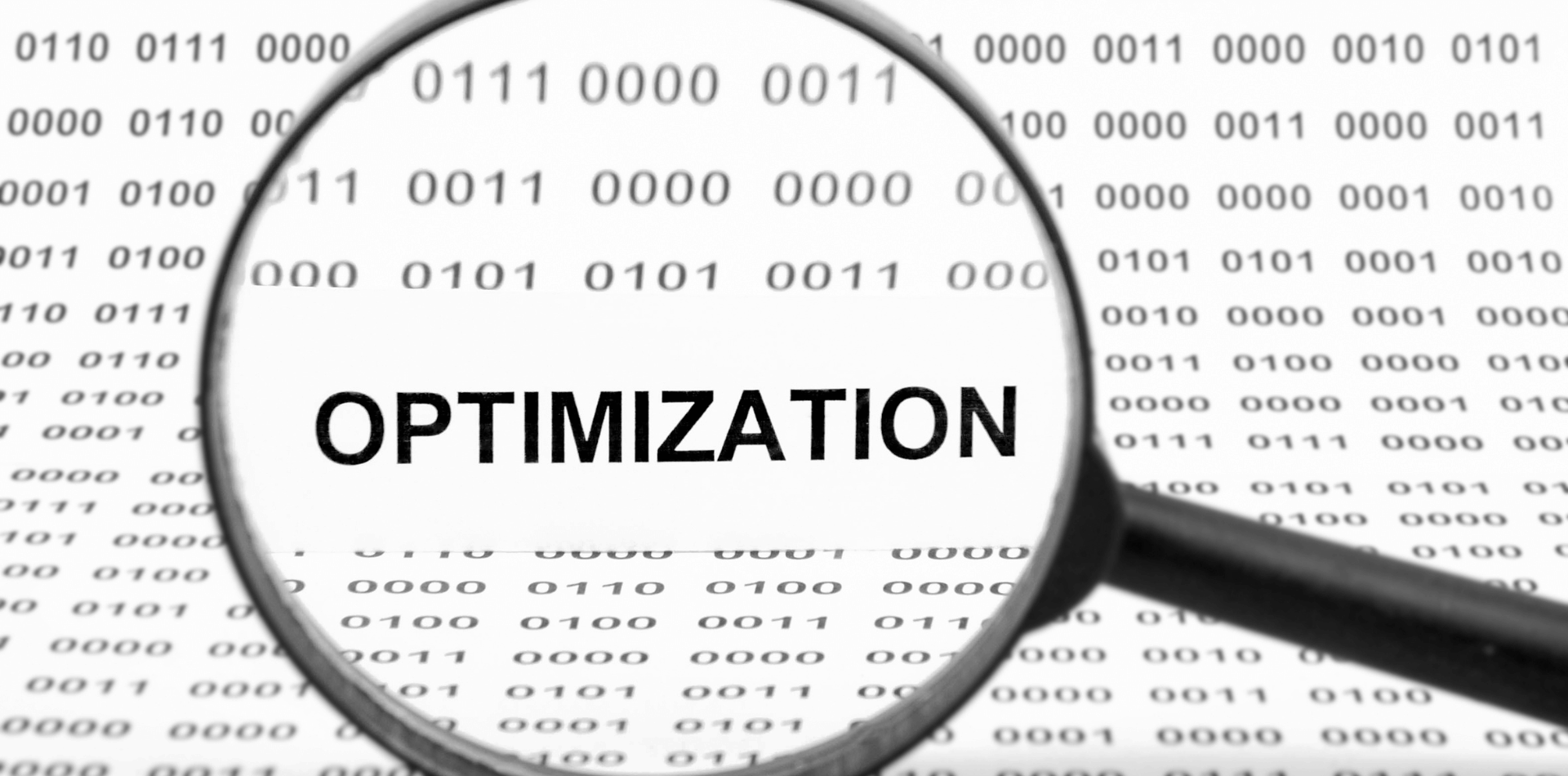
Step 5: Continuous Optimisation in Intent Marketing
Continuous optimisation is essential in intent marketing, ensuring that strategies remain effective and responsive to changing consumer behaviours and market conditions. This dynamic approach involves regular assessment and refinement of campaigns, content, and tactics based on ongoing data analysis.
Here’s how businesses can implement continuous optimisation effectively:
1. Implementing Analytics and Monitoring Tools
The foundation of continuous optimisation is robust analytics. Tools like Google Analytics, Adobe Analytics, or specialised marketing platforms can track various metrics, including web traffic, conversion rates, engagement statistics, and more. These tools allow marketers to see real-time results of their efforts and identify trends and patterns in consumer behaviour.
2. Setting Up Key Performance Indicators (KPIs)
Determine clear KPIs that align with your marketing objectives. These indicators might include conversion rates, click-through rates, engagement levels, and cost per acquisition. By regularly measuring these KPIs, you can gauge the effectiveness of your intent marketing strategies and identify areas for improvement.
3. A/B Testing
A/B testing is crucial for optimising marketing efforts. Regularly test different aspects of your marketing campaigns, including email subject lines, landing page designs, ad copy, and call-to-action buttons. By systematically testing and analysing results, you can refine your approaches and enhance the effectiveness of your campaigns.
4. Leveraging Customer Feedback
Customer feedback is a valuable resource for optimization. Use surveys, user testing, and feedback forms to gather insights directly from your audience. This information can reveal what’s working and what’s not, providing a direct line to customer preferences and pain points.
5. Adapting to Consumer Trends and Market Changes
The market is constantly evolving, influenced by new technologies, competitive actions, and changing consumer preferences. Stay informed about these changes and adapt your marketing strategies accordingly. This might mean adopting new digital tools, pivoting campaign messages, or exploring emerging channels like virtual reality or augmented reality.
6. Utilising Predictive Analytics
As your intent marketing matures, incorporate predictive analytics to forecast future trends and behaviours based on historical data. This proactive approach can help you anticipate market shifts and consumer needs, allowing you to adjust your strategies in advance rather than reacting to changes after they occur.
7. Collaborative Optimisation
Involve various teams in the optimisation process, including sales, customer service, and IT. Each team can provide unique insights into how different aspects of your marketing strategy are performing. For example, the sales team can offer feedback on how well marketing leads are converting, while customer service might have insights into common customer complaints or questions.
8. Training and Development
Ensure that your marketing team is well-versed in the latest digital marketing trends and technologies. Regular training and development sessions can help your team stay on top of new tools and techniques essential for effective optimisation.
Continuous optimisation in intent marketing is not just about tweaking campaigns but about fostering a culture of perpetual improvement and responsiveness. By regularly analysing performance data, listening to customer feedback, adapting to market changes, and testing different approaches, businesses can ensure that their marketing strategies remain relevant and effective.
This ongoing process not only enhances the ROI of marketing efforts but also helps businesses stay competitive in a rapidly changing digital landscape.
Intent marketing represents a significant shift from broad, demographic-based targeting to a more precise, intent-driven approach.
By understanding and responding to the why behind consumer actions, businesses can create more effective, personalised marketing strategies that not only increase conversions but also build lasting customer relationships.
As the digital landscape evolves, the ability to adapt and implement intent-based strategies will increasingly become a cornerstone of successful marketing.
